Photography Basics: Learn Manual Mode, Aperture and ISO
Aperture represents a hole within a lens that lets light travel to your sensor. You can shrink or enlarge the size of the aperture to allow more or less light to reach your camera sensor.

Aperture on your camera will be shown as an F-number or F-stop (F/1.8, F/4)
The smaller the F-Stop bigger the hole on the lens (it is a bit weird because f/2 is more light then f/11 but once you get it it is normal). When you go from 2 to 2.8 you double the light that is going to the sensor. (you will need to remember the scale for doubling the light, shutter speed and ISO is easier :) )

Why is Aperture important for your photos and how to pick the right one?
There is one main and one kinda global factor for picking your aperture:
- How much depth of field you need
- Global one is how much light you need
Depth of field, without going much in details how camera and lenses work, is how much of your photo will be in focus. And it started to be complicated in my head to explain and it should not be, so:
If you focus on this wonderful man, Aperture (f-number) regulates how much from that focus point toward the camera and from the camera will be in focus.
So small F number less things in focus. The tree is not in focus.

Bigger the F number, more things in focus. Man and the tree are in focus.

The same thing just in photo example without my fabulous drawing. On this first photo you can see that depth of field line going across the photo.
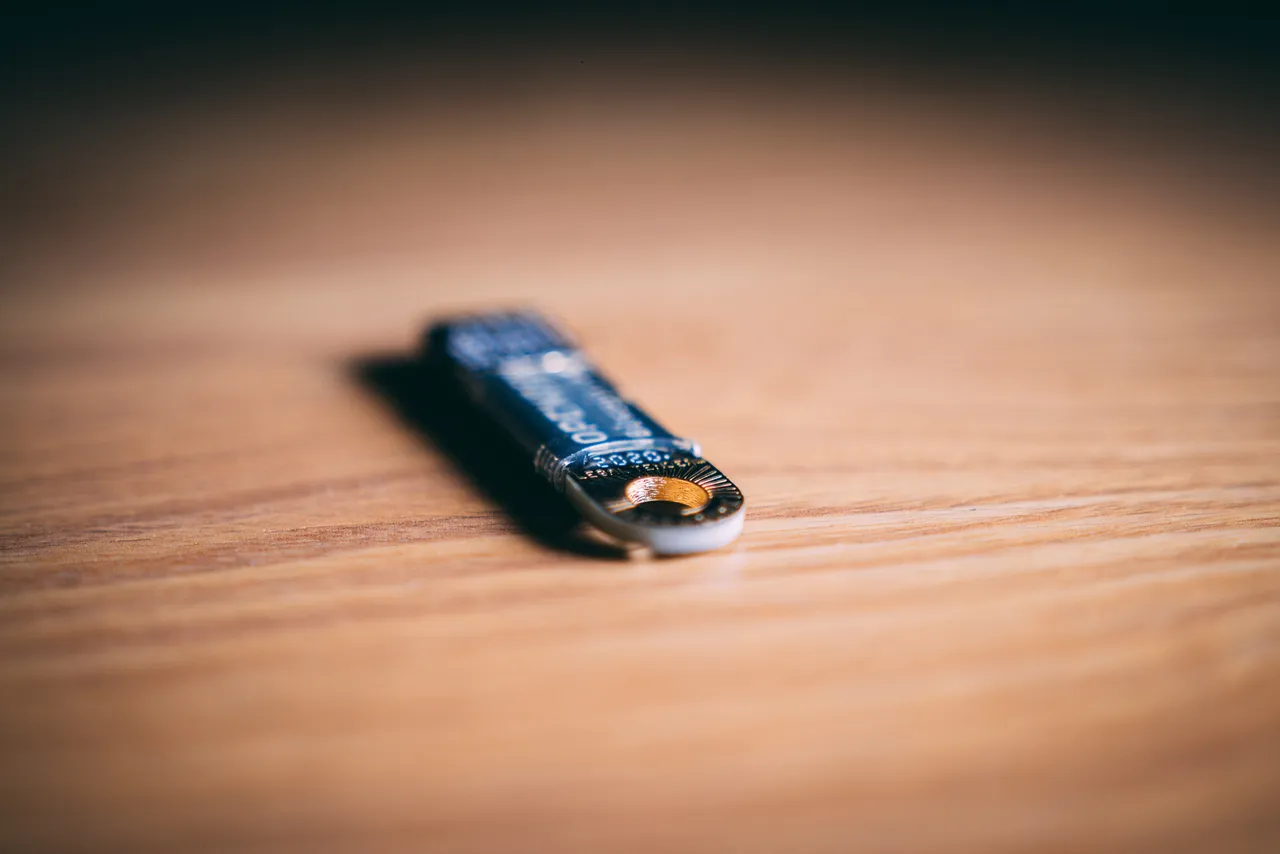
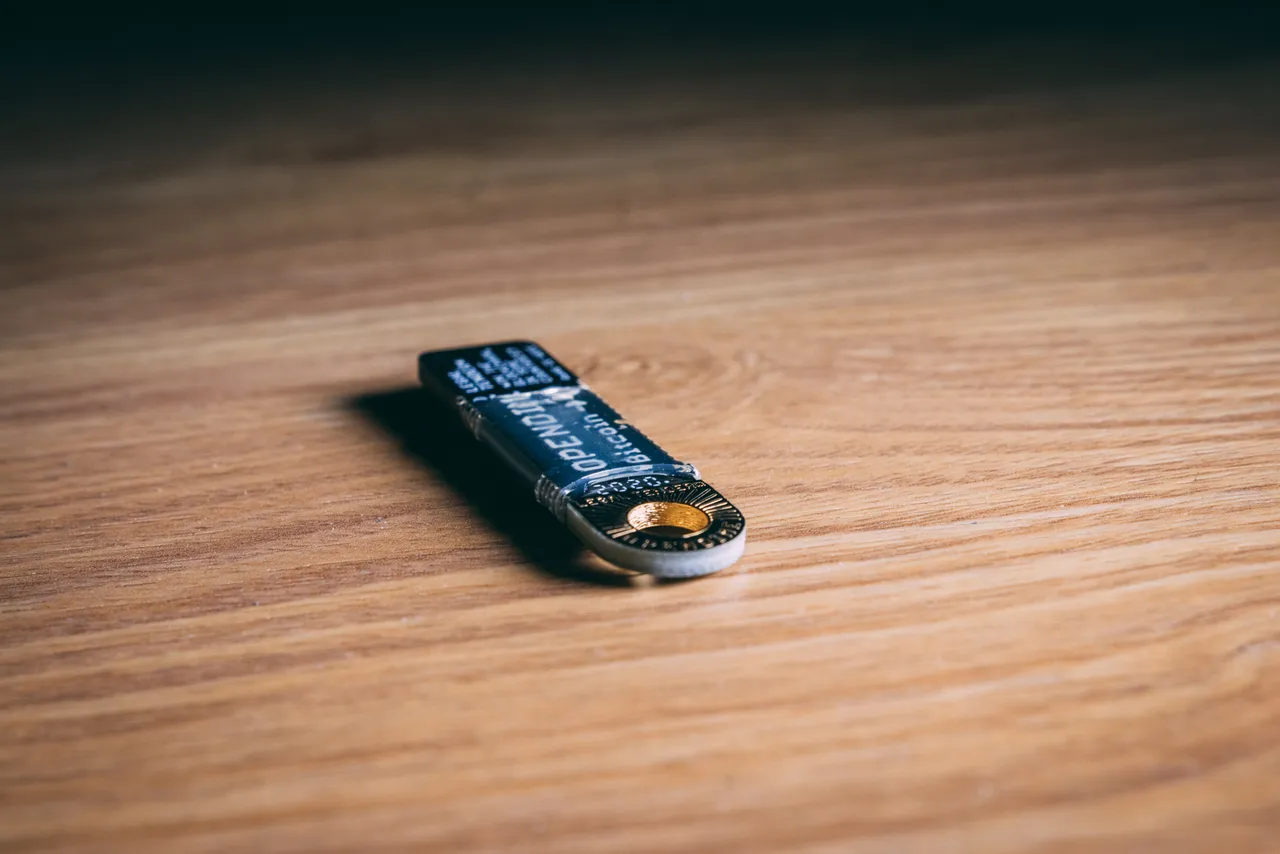
Now if you go back to that first gif, you will see that f/16 is a really small hole that lets the light in to the sensor. Bright sunny day, you can shoot f/16 no problem, poorly light room, you will have to go to f/2 or maybe even add some artificial lights.
So main thing to think about with aperture is, do i want just this person to be in focus and background to be blurred (small f-number), or do i want everything to be in focus (bigger f-number).
The thing that you will notice is that focal length of your lens (18mm, 50mm, 85mm) also affects your depth of field. 10mm lens, on f/4, 2 meters from the subject, a lot will be in focus. 85mm lens, on f/4, 2 meters from the subject, subject will be in focus but background will be blurred.
That is the reason you can't get those blurred backgrounds on your mobile phone camera, you can, you just need to be really close to your subject, and that is fine for some small objects, but not really great for a portraits.
If you want to get those "light stars" you will need high F-number. Depends on a lot of things, but F/16 will make street lights to look like stars.

ISO
ISO measures the sensitivity of light. In film cameras it was the indication of how sensitive a film was to light. More sensitivity of film, less light you need. On film, to change ISO you had to change the film. In digital cameras film was replaced with image sensors.
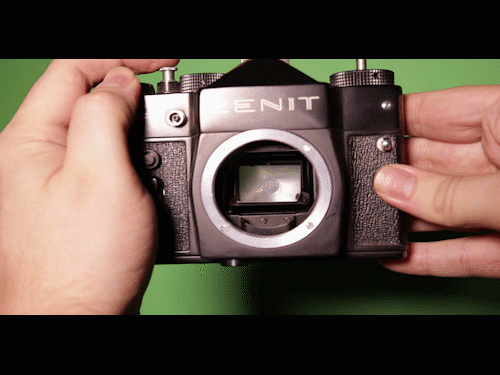
Lowest value (less sensitive) on most digital cameras is 50 or 100 ISO. Highest ISO on digital cameras is moving with development of new sensors. Doubling the number of ISO will double the light sensitivity of a sensor.

Why is ISO important for your photos and how to pick the right one?
- how much sensor sensitivity do you need
- how much do you hate grain and noise
Sensor sensitivity to light. Bright sunny day, a lot of light everywhere, you are fine with ISO 100. Sunset, shade, cloudy day, maybe you need ISO 200, ISO 400. Darker it is, you need your sensor to be more sensitive to light.
Grain and noise. As we seen so far, every part of this exposure triangle has it's good and bad sides. So with ISO it is grain and noise. Bigger the ISO, more light to your sensor, and you think to your self that is great, but bigger the ISO, you get more noise (film had grain, sensor have noise, i think)
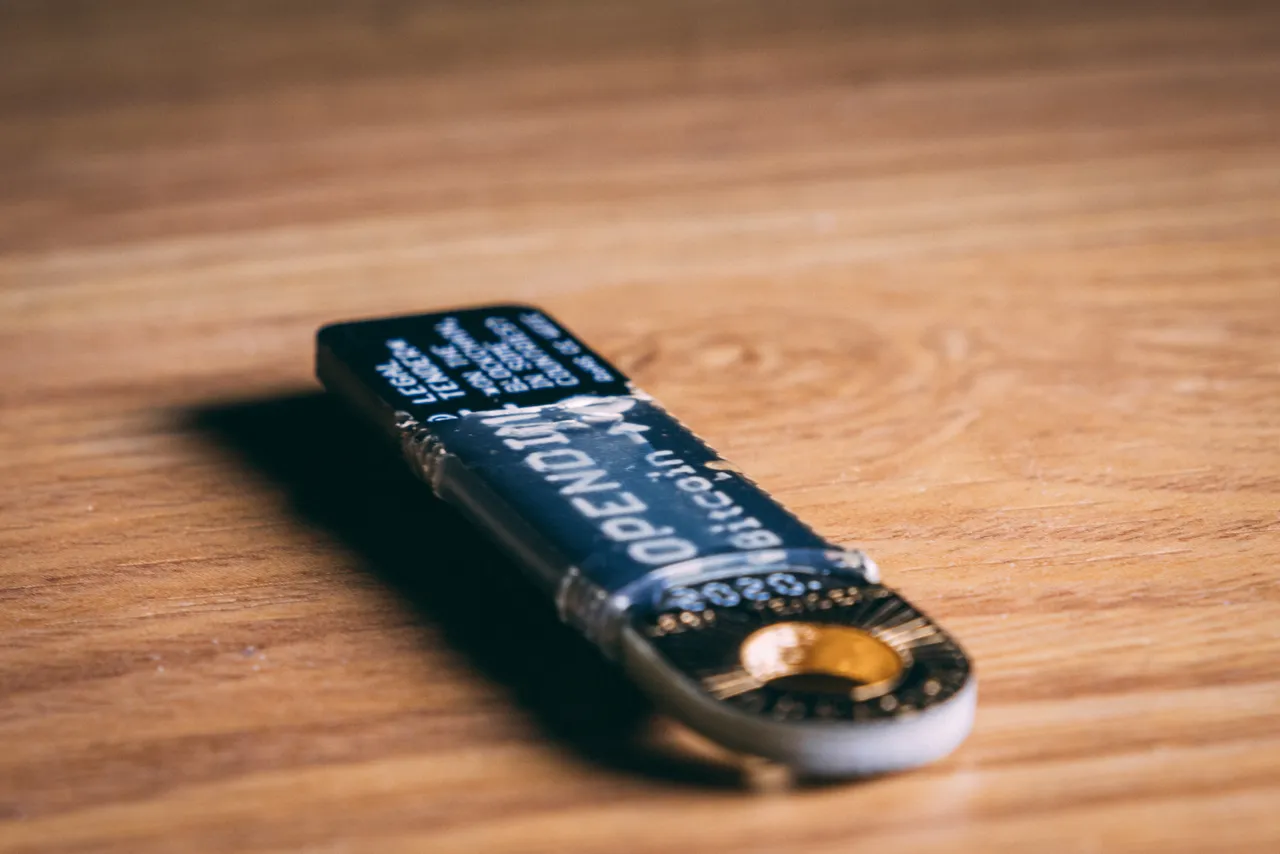
Photos are zoomed in 1:1 and cropped, so you can see more of the noise.
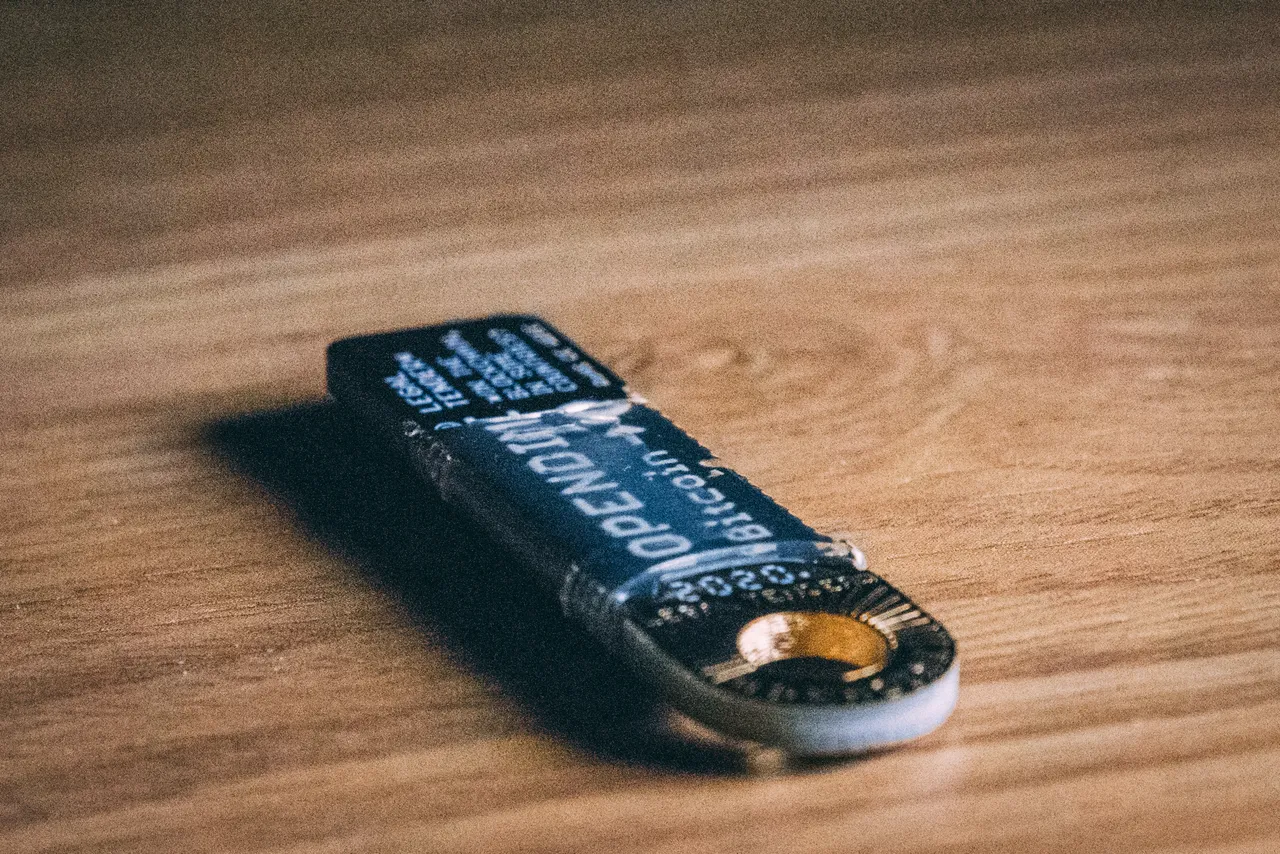
Sensors are getting better and the limit of ISO is moved up with with every new camera, but in the end you will always get noise, only the number will be higher. Only question is, how much you hate it. In my beginnings i photographed a lot in dark environments, with not that great equipment, so i accepted it :D and it is better to get that photo, with some noise, then not have the photo at all.
If you missed first two parts of this Photography Basics: Learn Manual Mode series click here:
Photography Basics: Learn Manual Mode (tutorial, Part 1)
Photography Basics: Learn Manual Mode, Shutter speed (tutorial, Part 2)
